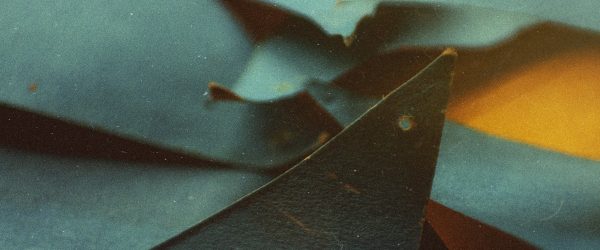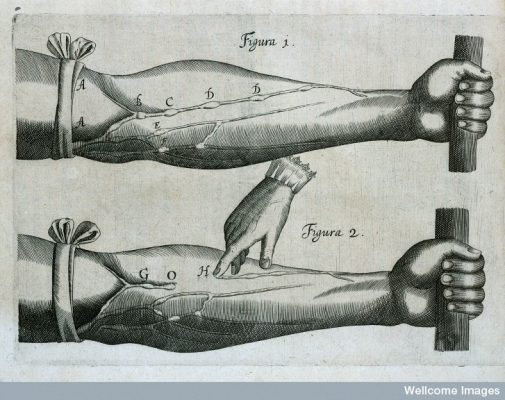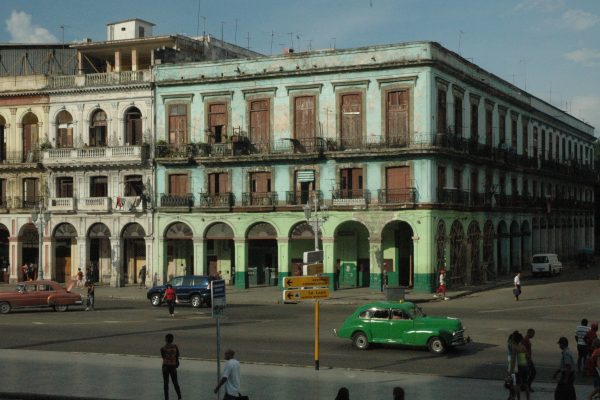Scholastique Mukasonga is Rwanda’s most celebrated author. Her eight works of memoir and fiction, all written in French, reckon with the country’s tumultuous twentieth century in graceful prose distinguished by its warmth, directness and moral charisma. Combining the authority of traditional storytelling with the techniques of the social novel, her books explore themes of mourning and remembrance, female community, education and the insidious legacy of Rwanda’s Christianisation. At their centre lies the struggle of Rwandan Tutsis, who suffered decades of violence and displacement before the genocide of 1994.
Born in 1956, Mukasonga spent most of her childhood in a resettlement village on Rwanda’s outskirts, expelled with her family and thousands of other Tutsis by the independence era’s Hutu nationalist government. She overcame poverty and strict ethnic quotas to attend college for social work, but fled the country in 1973, when Hutu classmates assaulted her and other Tutsis amid widespread killings. Mukasonga moved to Burundi and then Djibouti before settling in Normandy, where she was living when the genocide killed thirty-seven members of her family. She lost both of her parents and all but one of her siblings; their village was effectively wiped off the map.
Grief and the determination to rescue her loved ones from oblivion would inspire Mukasonga’s first two memoirs, Cockroaches (2006) and The Barefoot Woman (2008). After their success, she began writing fiction, winning the Prix Renaudot for Our Lady of the Nile (2012). The novel brilliantly allegorises Rwanda’s 1973 unrest – a harbinger of the genocide – through the intrigues of a Catholic girls’ boarding school for daughters of the elite. An equally magnetic film adaptation by Atiq Rahimi debuted earlier this year.
Inspired by her mother’s storytelling, Mukasonga’s later fiction has turned decisively towards Rwanda’s traditional culture, which she sees as a bulwark against racial division. The stories in Ce que murmurent les collines (What the Hills Murmur, 2014) reach back to the advent of colonialism and the collapse of Rwanda’s ancient monarchy, while her most recent novel, Kibogo est monté au ciel (Kibogo Went Up to Heaven, 2020), features a rogue native priest defrocked for syncretising the gospels with the martyrdom of Kibogo, a local figure of legend. Mukasonga’s latest work to appear in English is Igifu (2010), recently translated by Jordan Stump for Archipelago, a story collection that mixes autobiographical vignettes with moving portraits of Rwandan exiles in Burundi and France.
I met Mukasonga and her son Aurélien in May 2019 at the Freehand Hotel in Manhattan, where they were staying for the PEN World Voices Festival. A spirited conversationalist, she was disarmingly quick with her insights, quips and courtesies, such as telling me that I had ‘the eyes of a calf’ (in the traditional cow-centred culture of Rwandan Tutsis, a compliment). We subsequently corresponded over email during the summer of 2020; I have edited and translated our conversation from the original French.




